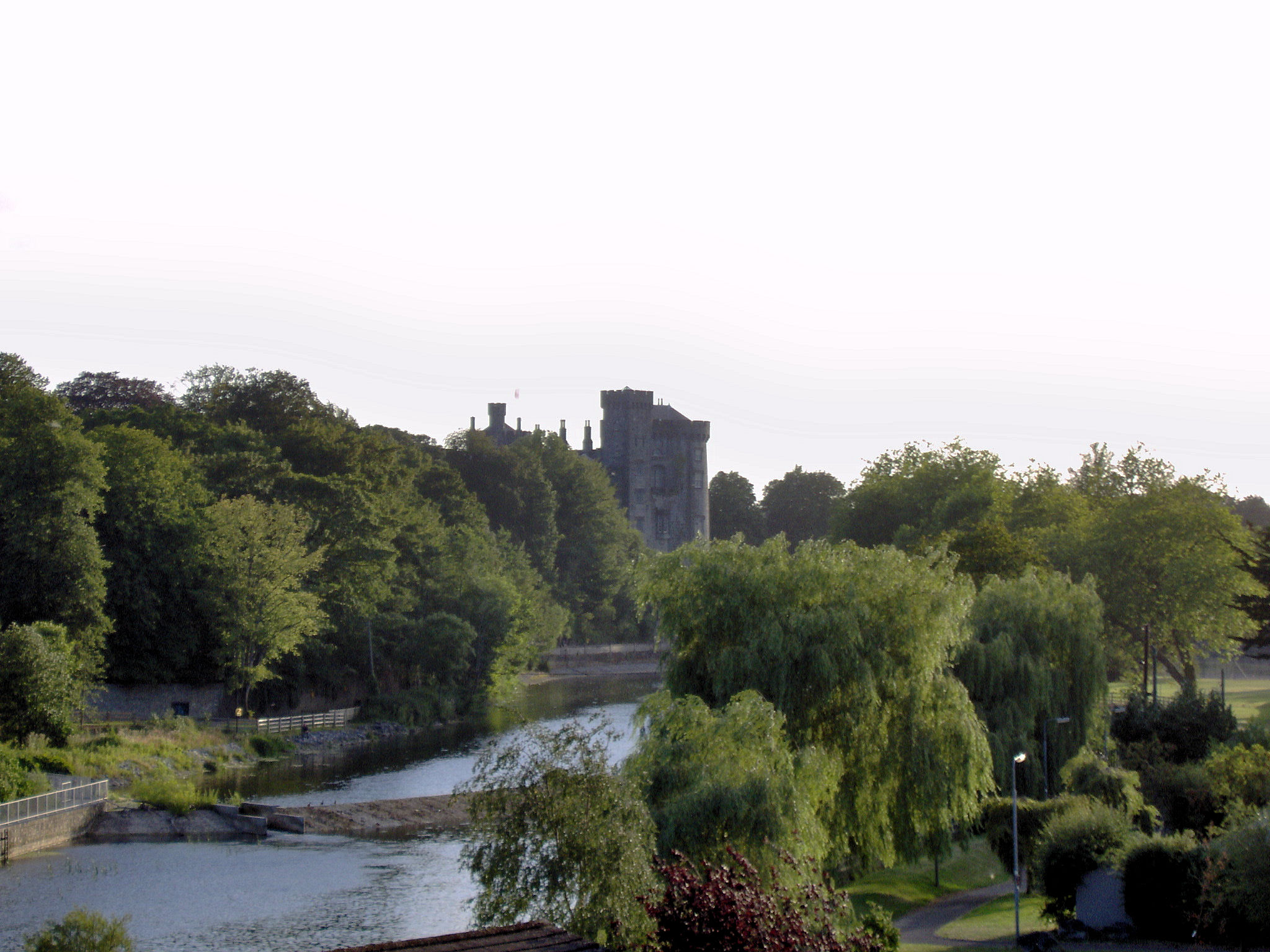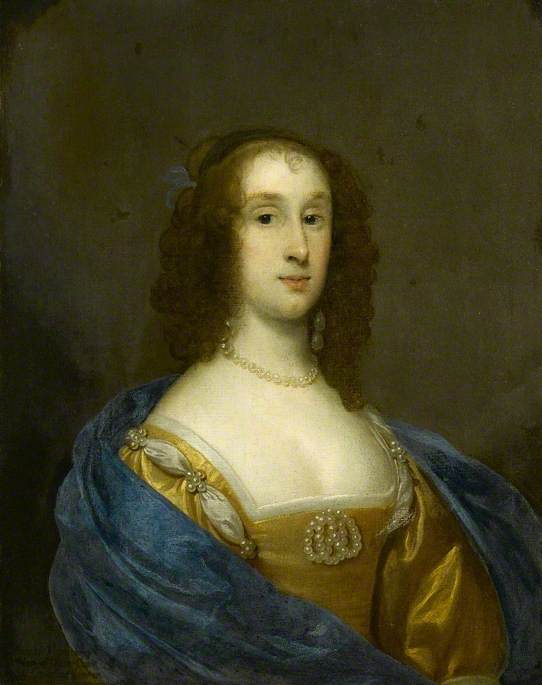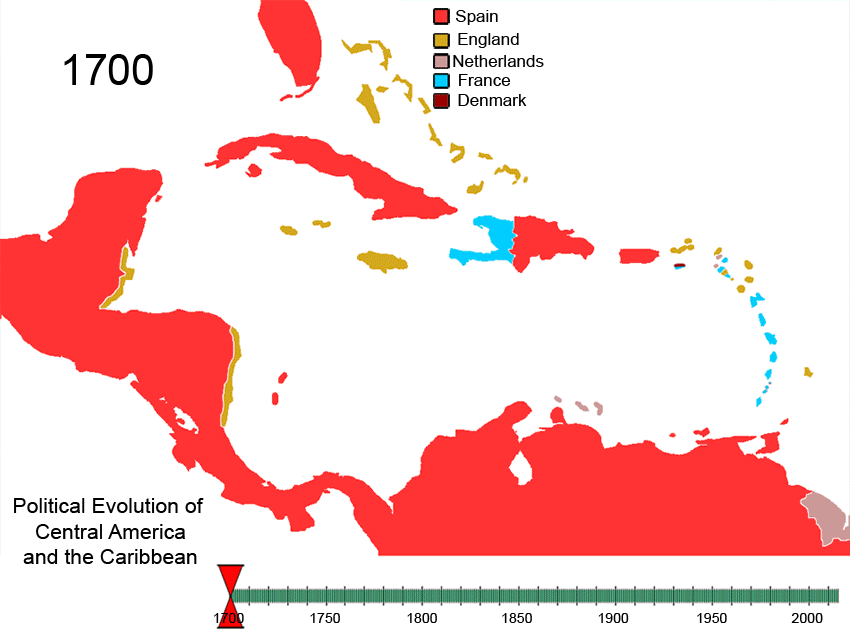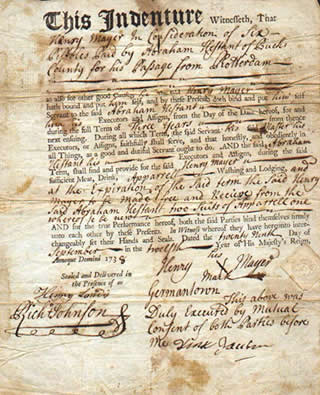|
Cromwellian Invasion Of Ireland
The Cromwellian conquest of Ireland or Cromwellian war in Ireland (1649–1653) was the re-conquest of Ireland by the forces of the English Parliament, led by Oliver Cromwell, during the Wars of the Three Kingdoms. Cromwell invaded Ireland with the New Model Army on behalf of England's Rump Parliament in August 1649. Following the Irish Rebellion of 1641, most of Ireland came under the control of the Irish Catholic Confederation. In early 1649, the Confederates allied with the English Royalists, who had been defeated by the Parliamentarians in the English Civil War. By May 1652, Cromwell's Parliamentarian army had defeated the Confederate and Royalist coalition in Ireland and occupied the country, ending the Irish Confederate Wars (or Eleven Years' War). However, guerrilla warfare continued for a further year. Cromwell passed a series of Penal Laws against Roman Catholics (the vast majority of the population) and confiscated large amounts of their land. As punishment for t ... [...More Info...] [...Related Items...] OR: [Wikipedia] [Google] [Baidu] |
Henry Ireton
Henry Ireton ((baptised) 3 November 1611 – 26 November 1651) was an English general in the Parliamentarian army during the Wars of the Three Kingdoms, and the son-in-law of Oliver Cromwell. He died of disease outside Limerick in November 1651. Personal details Ireton was the eldest son of a German Ireton of Attenborough, Nottinghamshire, and was baptised in St Mary's Church on 3 November 1611. He became a gentleman commoner of Trinity College, Oxford, in 1626, graduated with a Bachelor of Arts in 1629, and entered the Middle Temple the same year. English Civil War On the outbreak of the First English Civil War, he joined the parliamentary army, fighting at the Battle of Edgehill in October 1642, and at the Battle of Gainsborough in July 1643. He was made deputy-governor of the Isle of Ely by Cromwell and served under Earl of Manchester in the Yorkshire campaign and at the second Battle of Newbury, afterwards supporting Cromwell in his accusations of incompetency against t ... [...More Info...] [...Related Items...] OR: [Wikipedia] [Google] [Baidu] |
Wars Of The Three Kingdoms
The Wars of the Three Kingdoms were a series of related conflicts fought between 1639 and 1653 in the kingdoms of Kingdom of England, England, Kingdom of Scotland, Scotland and Kingdom of Ireland, Ireland, then separate entities united in a personal union under Charles I of England, Charles I. They include the 1639 to 1640 Bishops' Wars, the First English Civil War, First and Second English Civil Wars, the Irish Confederate Wars, the Cromwellian conquest of Ireland and the Anglo-Scottish war (1650–1652). They resulted in victory for the Roundhead, Parliamentarian army, the execution of Charles I, the abolition of monarchy, and founding of the Commonwealth of England, a Unitary state which controlled the British Isles until the Stuart Restoration in 1660. Political and religious conflict between Charles I and his opponents dated to the early years of his reign. While the vast majority supported the institution of monarchy, they disagreed on who held ultimate authority. Cavalier, ... [...More Info...] [...Related Items...] OR: [Wikipedia] [Google] [Baidu] |
History Of The Caribbean
The history of the Caribbean reveals the significant role the region played in the colonial struggles of the European powers since the 15th century. In 1492, Christopher Columbus landed in the Caribbean and claimed the region for Spain. The following year, the first Spanish settlements were established in the Caribbean. Although the Spanish conquests of the Aztec empire and the Inca empire in the early sixteenth century made Mexico and Peru more desirable places for Spanish exploration and settlement, the Caribbean remained strategically important. From the 1620s and 1630s onwards, non-Hispanic privateers, traders, and settlers established permanent colonies and trading posts on the Caribbean islands neglected by Spain. Such colonies spread throughout the Caribbean, from the Bahamas in the North West to Tobago in the South East. Furthermore, during this period, French and English buccaneers settled on the island of Tortuga, the northern and western coasts of Hispaniola ( Haiti ... [...More Info...] [...Related Items...] OR: [Wikipedia] [Google] [Baidu] |
Thirteen Colonies
The Thirteen Colonies, also known as the Thirteen British Colonies, the Thirteen American Colonies, or later as the United Colonies, were a group of Kingdom of Great Britain, British Colony, colonies on the Atlantic coast of North America. Founded in the 17th and 18th centuries, they began fighting the American Revolutionary War in April 1775 and formed the United States of America by United States Declaration of Independence, declaring full independence in July 1776. Just prior to declaring independence, the Thirteen Colonies in their traditional groupings were: New England (Province of New Hampshire, New Hampshire; Province of Massachusetts Bay, Massachusetts; Colony of Rhode Island and Providence Plantations, Rhode Island; Connecticut Colony, Connecticut); Middle (Province of New York, New York; Province of New Jersey, New Jersey; Province of Pennsylvania, Pennsylvania; Delaware Colony, Delaware); Southern (Province of Maryland, Maryland; Colony of Virginia, Virginia; Provin ... [...More Info...] [...Related Items...] OR: [Wikipedia] [Google] [Baidu] |
Indentured Servant
Indentured servitude is a form of labor in which a person is contracted to work without salary for a specific number of years. The contract, called an " indenture", may be entered "voluntarily" for purported eventual compensation or debt repayment, or it may be imposed as a judicial punishment. Historically, it has been used to pay for apprenticeships, typically when an apprentice agreed to work for free for a master tradesman to learn a trade (similar to a modern internship but for a fixed length of time, usually seven years or less). Later it was also used as a way for a person to pay the cost of transportation to colonies in the Americas. Like any loan, an indenture could be sold; most employers had to depend on middlemen to recruit and transport the workers so indentures (indentured workers) were commonly bought and sold when they arrived at their destinations. Like prices of slaves, their price went up or down depending on supply and demand. When the indenture (loan) was paid ... [...More Info...] [...Related Items...] OR: [Wikipedia] [Google] [Baidu] |
Penal Transportation
Penal transportation or transportation was the relocation of convicted criminals, or other persons regarded as undesirable, to a distant place, often a colony, for a specified term; later, specifically established penal colonies became their destination. While the prisoners may have been released once the sentences were served, they generally did not have the resources to return home. Origin and implementation Banishment or forced exile from a polity or society has been used as a punishment since at least the 5th century BC in Ancient Greece. The practice of penal transportation reached its height in the British Empire during the 18th and 19th centuries. Transportation removed the offender from society, mostly permanently, but was seen as more merciful than capital punishment. This method was used for criminals, debtors, military prisoners, and political prisoners. Penal transportation was also used as a method of colonization. For example, from the earliest days of English ... [...More Info...] [...Related Items...] OR: [Wikipedia] [Google] [Baidu] |
John Patrick Prendergast
John Patrick Prendergast (7 March 1808 – 6 February 1893) was an Irish land agent and historian. Life Born on 7 March 1808, at 37 Dawson Street, Dublin, he was eldest son of Francis Prendergast (1768–1846), registrar of the court of chancery of Ireland, by Esther ( Patrick; 1774–1846), eldest daughter of John Patrick, of 27 Palace Row, Dublin. Educated in England at Reading grammar school under Richard Valpy, he graduated at Trinity College Dublin, in 1825, and was called to the Irish Bar in 1830. In 1836 Prendergast succeeded his father and grandfather in the agency of Lord Clifden's estates, which he administered for many years. His experiences made him an advocate of tenant right and a supporter of the early land reformers in Ireland. Prendergast died in Dublin on 6 February 1893, aged 84. Works In 1840 Prendergast was commissioned to make some pedigree researches in County Tipperary, which led him to a study of the settlement of Ireland at the restoration of Charles II ... [...More Info...] [...Related Items...] OR: [Wikipedia] [Google] [Baidu] |
Bubonic Plague
Bubonic plague is one of three types of plague caused by the plague bacterium (''Yersinia pestis''). One to seven days after exposure to the bacteria, flu-like symptoms develop. These symptoms include fever, headaches, and vomiting, as well as swollen and painful lymph nodes occurring in the area closest to where the bacteria entered the skin. Acral necrosis, the dark discoloration of skin, is another symptom. Occasionally, swollen lymph nodes, known as "buboes," may break open. The three types of plague are the result of the route of infection: bubonic plague, septicemic plague, and pneumonic plague. Bubonic plague is mainly spread by infected fleas from small animals. It may also result from exposure to the body fluids from a dead plague-infected animal. Mammals such as rabbits, hares, and some cat species are susceptible to bubonic plague, and typically die upon contraction. In the bubonic form of plague, the bacteria enter through the skin through a flea bite and travel ... [...More Info...] [...Related Items...] OR: [Wikipedia] [Google] [Baidu] |
Act Of Settlement 1652
The Act for the Setling of Ireland imposed penalties including death and land confiscation against Irish civilians and combatants after the Irish Rebellion of 1641 and subsequent unrest. British historian John Morrill wrote that the Act and associated forced movements represented "perhaps the greatest exercise in ethnic cleansing in early modern Europe." Background The Act was passed on 12 August 1652 by the Rump Parliament of England, which had taken power after the Second English Civil War and had agreed to the Cromwellian conquest of Ireland. The conquest was deemed necessary as Royalist supporters of Charles II of England had allied themselves with the Confederation of Kilkenny (the confederation formed by Irish Catholics during the Irish Confederate Wars) and so were a threat to the newly formed English Commonwealth. The Rump Parliament had a large independent Dissenter membership who strongly empathised with the plight of the settlers of the Ulster Plantation, who had su ... [...More Info...] [...Related Items...] OR: [Wikipedia] [Google] [Baidu] |
Connacht
Connacht ( ; ga, Connachta or ), is one of the provinces of Ireland, in the west of Ireland. Until the ninth century it consisted of several independent major Gaelic kingdoms (Uí Fiachrach, Uí Briúin, Uí Maine, Conmhaícne, and Delbhna). Between the reigns of Conchobar mac Taidg Mór (died 882) and his descendant, Aedh mac Ruaidri Ó Conchobair (reigned 1228–33), it became a kingdom under the rule of the Uí Briúin Aí dynasty, whose ruling sept adopted the surname Ua Conchobair. At its greatest extent, it incorporated the often independent Kingdom of Breifne, as well as vassalage from the lordships of western Mide and west Leinster. Two of its greatest kings, Tairrdelbach Ua Conchobair (1088–1156) and his son Ruaidri Ua Conchobair (c. 1115–1198) greatly expanded the kingdom's dominance, so much so that both became High King of Ireland. The Kingdom of Connacht collapsed in the 1230s because of civil war within the royal dynasty, which enabled widespread Hiber ... [...More Info...] [...Related Items...] OR: [Wikipedia] [Google] [Baidu] |
English Civil War
The English Civil War (1642–1651) was a series of civil wars and political machinations between Parliamentarians (" Roundheads") and Royalists led by Charles I ("Cavaliers"), mainly over the manner of England's governance and issues of religious freedom. It was part of the wider Wars of the Three Kingdoms. The first (1642–1646) and second (1648–1649) wars pitted the supporters of King Charles I against the supporters of the Long Parliament, while the third (1649–1651) saw fighting between supporters of King Charles II and supporters of the Rump Parliament. The wars also involved the Scottish Covenanters and Irish Confederates. The war ended with Parliamentarian victory at the Battle of Worcester on 3 September 1651. Unlike other civil wars in England, which were mainly fought over who should rule, these conflicts were also concerned with how the three Kingdoms of England, Scotland and Ireland should be governed. The outcome was threefold: the trial of and ... [...More Info...] [...Related Items...] OR: [Wikipedia] [Google] [Baidu] |









